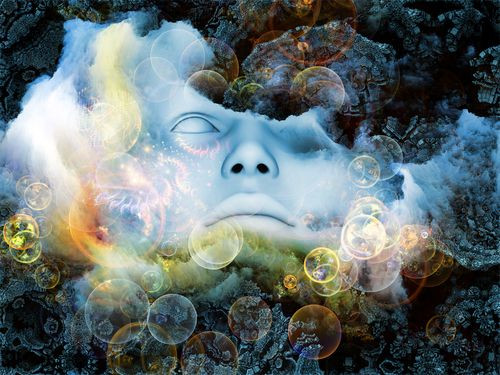Imagination And Memory Both Access The Hippocampus; Each Process Uses It Differently

The hippocampus, neuroscience has taught us, is involved in both remembering the past and dreaming the future. However, it remains unclear whether these separate mental processes rely on the exact same neural networks within that brain region. A new study reveals how memory and imagination each elicits its own pattern of neural function within the hippocampus. "We were able to see the distinctions even in those small regions of the hippocampus," said Stephania Ashby, a research associate at UC Davis.
The Magical Sea Horse
The hippocampus, the sea horse-shaped structure located under the cerebral cortex, is one of the first regions of the brain to suffer damage in patients with Alzheimer’s. Among the first symptoms of the disease, memory loss is the single most prominent; it only makes sense the hippocampus must be key to remembering the past. However, neuroscientists also believe imagination of what has never occurred depends on your ability to retrieve details from the past and use them as the raw material to be molded, transfigured, and recombined into new experiences. If this is true, is the hippocampus also key to imagination?
To investigate this matter, a team of Brigham Young University researchers began by enlisting the help of 14 participants. After completing a biographical survey, participants provided photographs they’d taken within the last five years. Next, each participant viewed a series of photographs while positioned within a functional magnetic resonance imaging (fMRI) machine. Some of the photographs were those the participants had just provided, while others were new and unfamiliar situations (as verified by the biographical survey). Following each familiar image, the participants were asked to recall what they’d just seen as vividly as possible for 8.5 seconds; following the unfamiliar images, the participants were asked to imagine the new situation as vividly as possible for 8.5 seconds. As they performed these mental tasks, the researchers scanned their brains and collected data.
Observing, the researchers saw how the two separate mental tasks activated some different brain regions. When imagining, activity occurred in a range of frontal areas of participants’ brains. When remembering, activity could be seen in the cingulate and parahippocampal regions. However, both imagination and memory activated the hippocampus itself. Delving deeper, the researchers used a computer model to analyze the information and discovered each mental process had its own distinct pattern of activation across the tiny hippocampal voxels.
"While the hippocampus seems to be involved in both remembering the past and imagining the future, the pattern of activity within the hippocampus distinguishes between these two different tasks," the authors wrote in their conclusion. Whether creating a new reality or recreating a past one, if it is beyond our current sensory experience, the hippocampus is mysteriously at work.
Source: Kirwan CB, Ashby SR, Nash MI. Remembering and imagining differentially engage the hippocampus: A multivariate fMRI investigation. Cognitive Neuroscience. 2014.



























